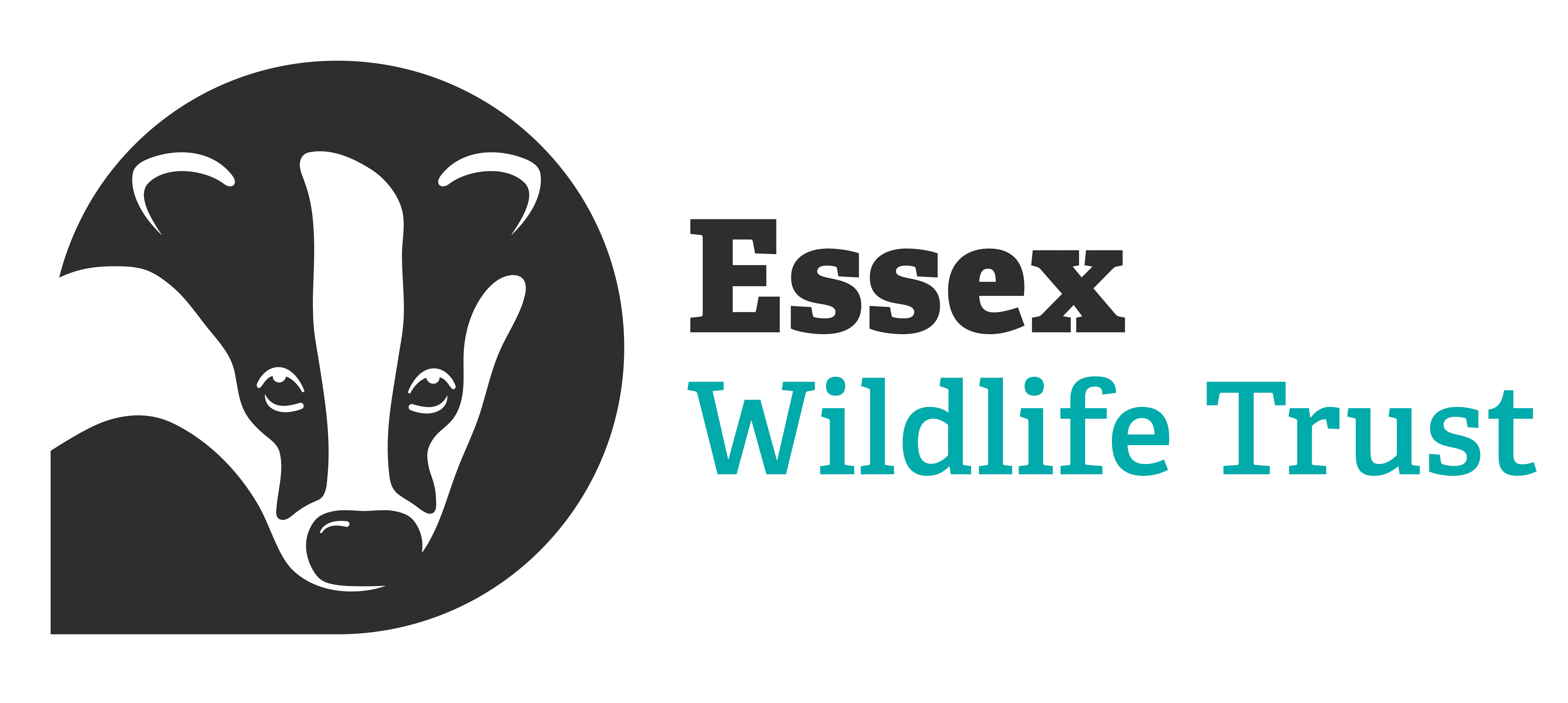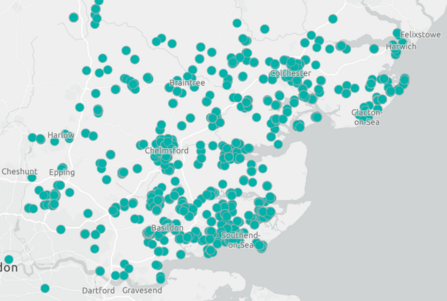A recent report from Butterfly Conservation announced that 80% of the UK’s butterfly species have declined in abundance and/or distribution since the 1970s. In response, Essex Wildlife Trust launched a new citizen science project in 2023.
Butterfly Seekers aims to capture data about butterfly abundance and distribution in Essex. In just four months, 200 Essex residents recorded 10,155 butterflies across Essex, exceeding the project’s initial target of 2,000.
The results from 2023 showed that the distributions of wall brown, silver-washed fritillary, white admiral and marbled white butterflies are suspected to have changed dramatically in Essex in recent years.
The data from this campaign is helping Essex Wildlife Trust to understand where butterflies are across Essex and enables the Trust to target conservation actions to help butterflies thrive and recover.
Butterfly Seekers launches for its second year from 1 March – 30 September, and the Trust urges the public to take part for the purpose of monitoring how butterfly populations are changing over time and in response to climate change.
Essex Wildlife Trust are hoping to gather a further 12,500 records this spring and summer.
No scientific background is required to take part, anyone can become a butterfly seeker. To take part, participants are asked to download the free ArcGIS Survey123 app and upload the locations of butterflies they see with or without a photo.

